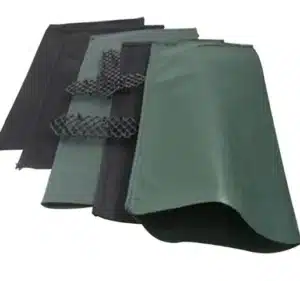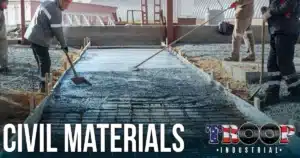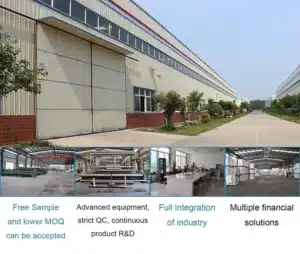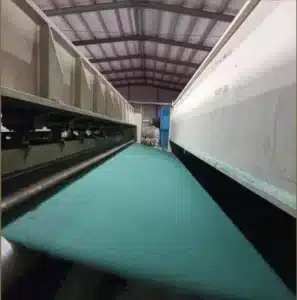You hear both names on every tender. Which one do you pick for your project? Let’s sort the confusion with plain facts and usable steps.
HDPE geomembrane is stiffer and handles heat better; LLDPE geomembrane is more flexible and handles movement better. The best choice depends on strain, temperature, slope friction, and construction risk.
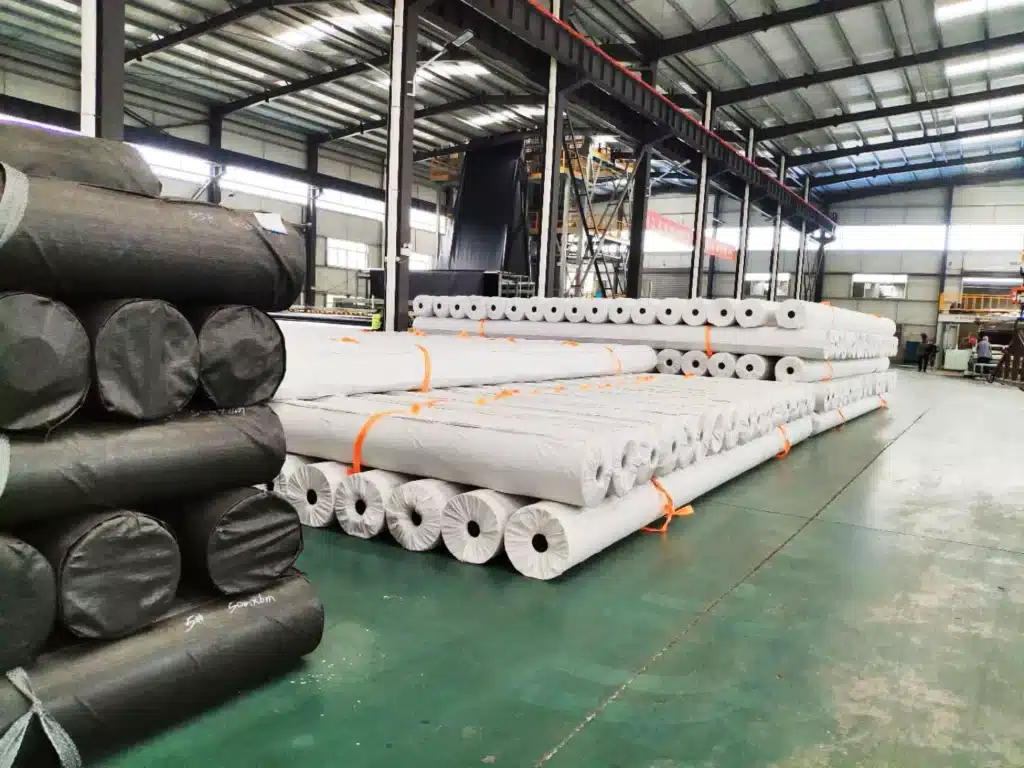
I will keep this practical. We will define each liner, compare properties and behavior, talk about “which is better” by scenario, and end with a fast selection checklist you can use in a purchase order.
What is the HDPE geomembrane?
Weak foundations move. Hot days cause thermal waves across a slope. A liner must resist shape change and hold seams under load.
HDPE geomembrane is a low-permeability barrier made from high-density polyethylene resin with antioxidants and UV stabilizers. It is supplied in smooth or textured rolls and is field-welded into a continuous lining system.
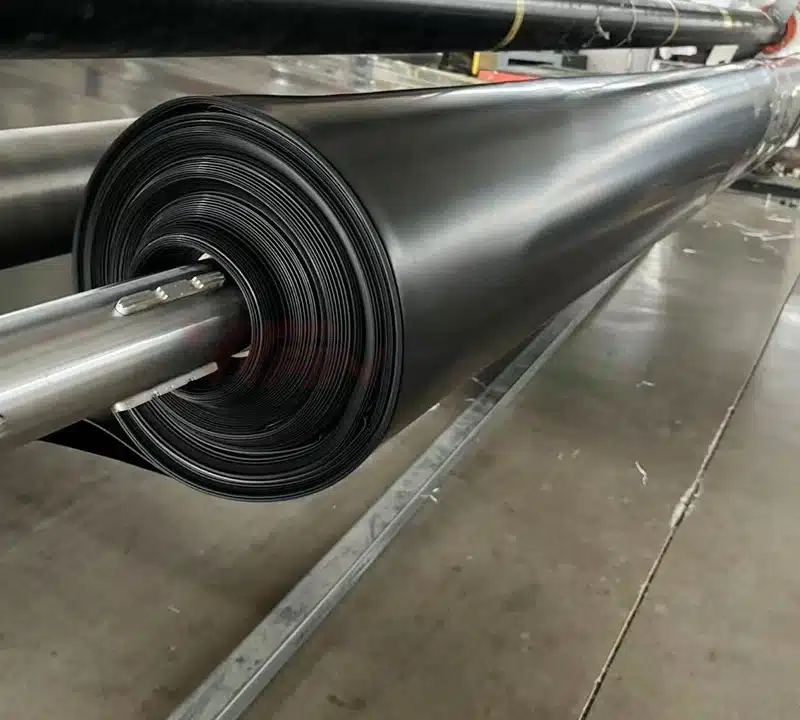
Dive deeper
Let me break HDPE down to what matters in the field.
Materials and compounding. HDPE uses a high-density polyethylene base resin. The compound includes antioxidants, processing stabilizers, and carbon black (often 2–3%) for UV screening. Black is standard because it screens sunlight best. Some projects use white-on-black to manage surface temperature; the white layer reflects sun and helps visual inspection.
Manufacturing. Producers use blown-film or flat-die extrusion to form sheets. Common thicknesses are 0.75, 1.0, 1.5, and 2.0 mm for civil work. Thicker grades exist for special cells and pads. Texture can be on one or two sides, produced during extrusion or by post-emboss. Texture raises interface friction on slopes and with geotextiles.
Mechanical behavior. HDPE has higher tensile modulus than LLDPE. That means it is stiffer. It holds flat planes under cover loads, and it resists creep at higher temperatures better. It also has excellent chemical resistance for many water-based fluids and a wide range of hydrocarbons. The trade-off is lower elongation. HDPE yields at lower strain than LLDPE, so it tolerates less differential settlement before it wrinkles or stresses seams. In very cold weather, handling can feel less forgiving. Crews must control wrinkles before welding and place cover in thin, careful lifts.
Welding and tests. Crews join panels by hot-wedge welding for long seams and by extrusion welding for details. Dual-track seams can be air-channel tested. Coupons are cut for peel and shear tests at set frequencies. Field QA includes vacuum box testing of extrusion seams, visual checks, and seam logging. Proper parameter control is key because HDPE has a narrower “sweet spot” for welding compared with LLDPE.
Typical uses. HDPE shines in landfill base liners, process basins with high service temperature, heap leach pads with heavy loads, and steep slopes under thick covers, provided strain is controlled. It is also common in secondary containment for fuels, where chemical resistance and long-term stiffness matter.
What is the LLDPE geomembrane?
Some sites settle for years. Covers need to flex and stay sealed. The liner must stretch without tearing or pulling seams apart.
LLDPE geomembrane is a flexible polyethylene liner made from linear low-density polyethylene resin. It offers high elongation, good tear resistance, and a wide welding window. It comes in smooth or textured surfaces across common thicknesses.

Dive deeper
Focus on the properties that save time and reduce risk.
Materials and compounding. LLDPE resin is a copolymer of ethylene with short alpha-olefins. The branching pattern gives high ductility and tear resistance. Like HDPE, the compound uses antioxidants and UV stabilizers. Black liners carry carbon black for UV; white-on-black variants also exist for heat control.
Mechanical behavior. LLDPE has lower modulus and higher elongation than HDPE. That means it bends and stretches more before it yields. It follows settlement and small subgrade voids better. It tolerates daily temperature swings and differential movement at penetrations. Textured LLDPE typically delivers high interface friction with soils and geotextiles, which helps on steep covers.
Heat and creep. At elevated temperatures, LLDPE softens more than HDPE and can creep more under sustained load. Designers address this with cover sequence, slope anchor details, and protection layers that share load. In cold weather, handling is friendly. The sheet stays pliable, which reduces crack risk during deployment.
Welding and tests. LLDPE welds at slightly lower temperatures and gives a wider parameter window. That helps when wind, sun, or clouds change sheet temperature during the day. The same field QA applies: dual-track air tests, vacuum box, and peel/shear coupons. Good seam hygiene still matters. Keep dust and moisture out of the overlap.
Typical uses. LLDPE is popular for landfill final covers, ponds and aquaculture, canals and lagoons, mining covers and solution ponds, and secondary containment where ground movement or daily temperature swings are expected. It also suits projects that need a gentler welding window and higher tear resistance at details.
What is the difference between HDPE geomembrane and LLDPE geomembrane?
You want the real drivers, not marketing lines. Think stiffness, strain, temperature, friction, and welding behavior.
HDPE is stiffer and stronger in modulus; LLDPE is more flexible and forgiving. HDPE holds shape better at heat; LLDPE handles movement and cold better. Texture narrows gaps but does not flip the fundamentals.
A structured comparison
Subgrade movement and settlement. LLDPE leads. It allows high strain without tearing or over-stressing seams. On caps that settle over time, LLDPE maintains continuity with fewer repairs. HDPE can work, but it needs tighter strain control and smoother subgrades.
High temperature or heavy cover. HDPE leads. It keeps modulus at higher temperatures better than LLDPE. On steep slopes under thick mineral covers or geo-aggregate, HDPE often provides a stiffer platform. LLDPE can still work with careful design, textured surfaces, and higher thickness, but you must check creep and strain.
Interface friction. Textured LLDPE and textured HDPE both raise friction. LLDPE’s conformability can give an edge with certain geotextiles and soils. Always verify friction angles for your exact materials; small differences can decide an anchor pattern or factor of safety.
Welding window. LLDPE is friendlier. It tolerates broader temperature and speed ranges and stays flexible during afternoon thermal swings. HDPE needs tighter control, which is fine with trained crews and stable weather, but it demands more discipline.
Chemical resistance. Both resist many water-based chemicals. HDPE may lead for certain hydrocarbons at high temperatures. LLDPE’s ductility is valuable under mechanical strain while still offering broad chemical resistance. Always ask for a compatibility chart with your specific fluids and temperature.
Cost and availability. Prices change with resin markets. Often, HDPE and LLDPE of the same thickness are close. Texturing, co-extrusions, and special colors affect price more than the base resin family. Availability depends on local producers and roll widths in stock.
Consider four field scenarios.
Steep landfill cover with thick soil. The slope is long. The cover is heavy. The site sees hot summers. HDPE textured on both sides often wins here. It keeps shape under the cover load, and it resists softening at noon. You still need strong anchor trenches, geotextile cushions, and strict wrinkle control. LLDPE can be used, but the design must check creep and interface shear closely, and the thickness may need to increase.
Settlement-prone final cap. The waste mass will settle unevenly for years. The owner wants fewer repairs after the first rainy season. LLDPE textured is a strong pick. It stretches without tearing as the cap moves. The higher interface friction helps the soil cover stay in place. HDPE can work with tighter subgrade control and strain limits, but the margin is smaller.
Ponds, canals, and lagoons with frequent thermal cycles. The water level changes. The sun bakes the liner at low water, then a storm cools it fast. LLDPE handles this thermal cycling well. Seams keep their integrity when the sheet expands and contracts each day. HDPE is fine in many canals too, but daily wrinkle control and timing of cover become more critical.
Process basins or pads with warm solutions or high ambient heat. The fluid is warm, or the equipment near the liner runs hot. HDPE becomes attractive here. It holds modulus and resists creep at higher temperatures. Still, check chemical compatibility for the exact solution, and add protection geotextiles wherever equipment can drop coarse material.
The pattern is simple. If strain and movement dominate risk, use LLDPE. If heat and sustained loads dominate risk, use HDPE. If both risks are present, you can mix: HDPE on steep, hot slopes; LLDPE on settlement areas and around complex penetrations. Many large landfills do exactly that.
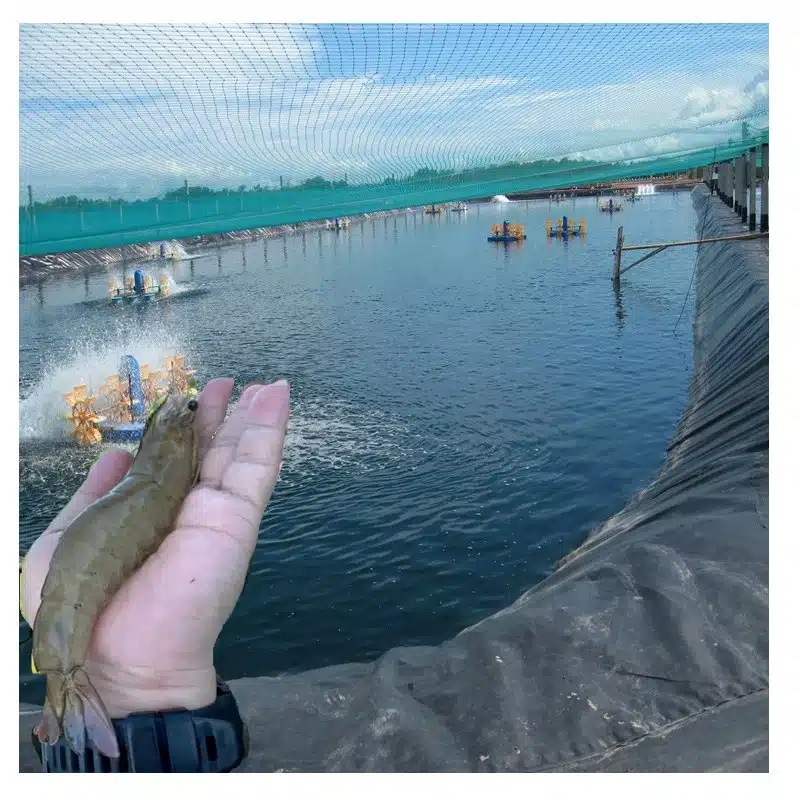
Which is better, LLDPE geomembrane or HDPE geomembrane?
“Better” depends on what you value first: stiffness or flexibility. There is no single winner; there is a better fit for each site.
LLDPE is better for movement, cold handling, and wide welding windows. HDPE is better for high-temperature stability, high cover loads, and long, steep slopes with tight strain control.
Dive deeper
Let’s score them by common buyer priorities.
Construction speed. LLDPE tends to go faster on sites with variable weather. Crews spend less time chasing temperature changes. Wrinkle control is still important, but handling is easier in cold mornings and cloudy afternoons. HDPE can be just as fast on stable days with disciplined welding logs.
Repair risk. LLDPE reduces repair calls tied to differential movement, especially in the first months after cover placement. For owners who fear seams opening during the first settlement season, LLDPE is often the lower-risk pick. HDPE has fewer issues if the subgrade is well prepared and if wrinkle control during cover is tight.
Long-term shape. HDPE holds geometry under hot, heavy loads. If the slope is long and the soil cover is thick, and if temperatures are high, HDPE gives more shape stability. LLDPE needs more attention to anchor design and cover placement sequence in the same case.
Budget. Costs are project-specific. The more decisive variable is not resin family but thickness, texture, roll width, and logistics. Often, the liner that reduces rework and speeds cover will be cheaper at the project level, even if the per-square-meter price is slightly higher.
Regulatory comfort. Many public specifications accept both families with the same test methods. If a spec names a family, respect it; if it is open, choose by site risk, and then show the test data the spec demands.
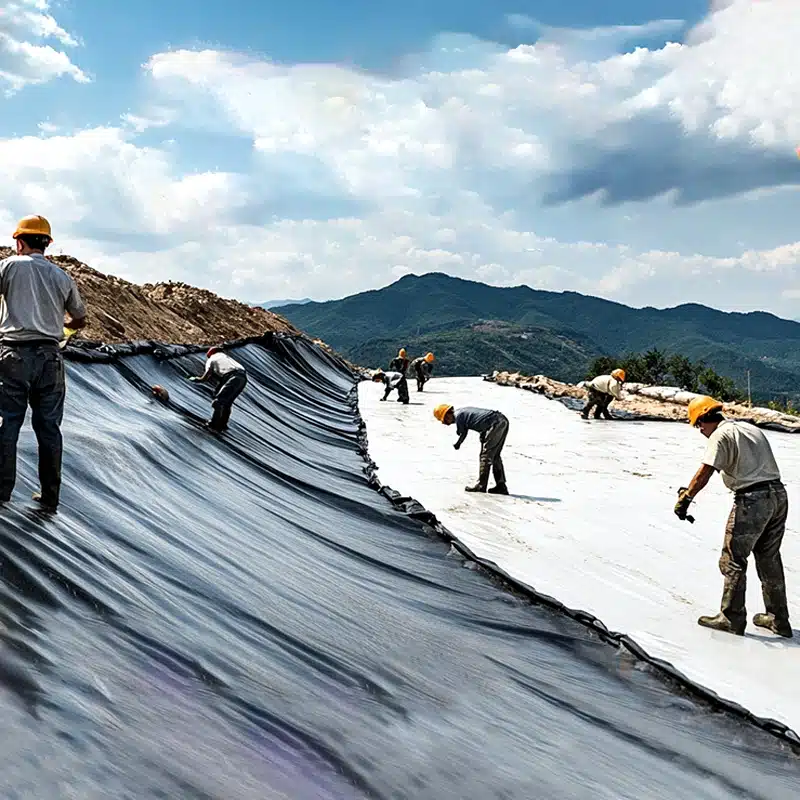
How to choose, LLDPE geomembrane or HDPE geomembrane?
Decisions get easy when you reduce them to five inputs: strain, temperature, slope, chemistry, and crew conditions.
If strain and movement are high, start with LLDPE. If heat and heavy cover dominate, start with HDPE. Then confirm texture, thickness, friction data, and seam QA.
Dive deeper
Use this simple flow that fits into a purchase note.
1) Site strain and settlement. If you expect ongoing settlement, nonuniform subgrade, or many penetrations that may move, choose LLDPE. It carries high elongation and strong tear resistance. If the site is stable and well graded, leave this item neutral.
2) Temperature and cover load. If service temperatures are high, or cover loads are heavy on long slopes, choose HDPE. It keeps stiffness and resists creep better at heat. If temperatures are mild and cover is light, leave this item neutral.
3) Slopes and interface friction. If slopes are steep, use textured liners. For the same texture level, LLDPE can deliver slightly higher interface friction because it conforms well. Still, verify with direct shear tests using your exact cushion and cover geotextiles.
4) Chemicals. If you have hydrocarbons or process fluids, ask for a compatibility chart. HDPE sometimes has the edge at elevated temperatures with some fuels and solvents. If fluids are water-based, salts, or mild acids, both are usually fine.
5) Crew and weather. If your site sees rapid weather swings and you want a wider welding window, LLDPE helps. If your installer has strong HDPE welding discipline and the schedule lands in a stable season, this item is neutral.
Turn the flow into specs. Write the resin family, thickness, surface (smooth or textured, one- or two-side), roll width and length, test methods (tensile, tear, puncture, OIT, carbon black content and dispersion), and seam QA (air-channel pressure, vacuum box, peel/shear). Add cushion geotextiles where subgrade is coarse or cover contains angular rock. Clear notes reduce RFIs and keep work moving.
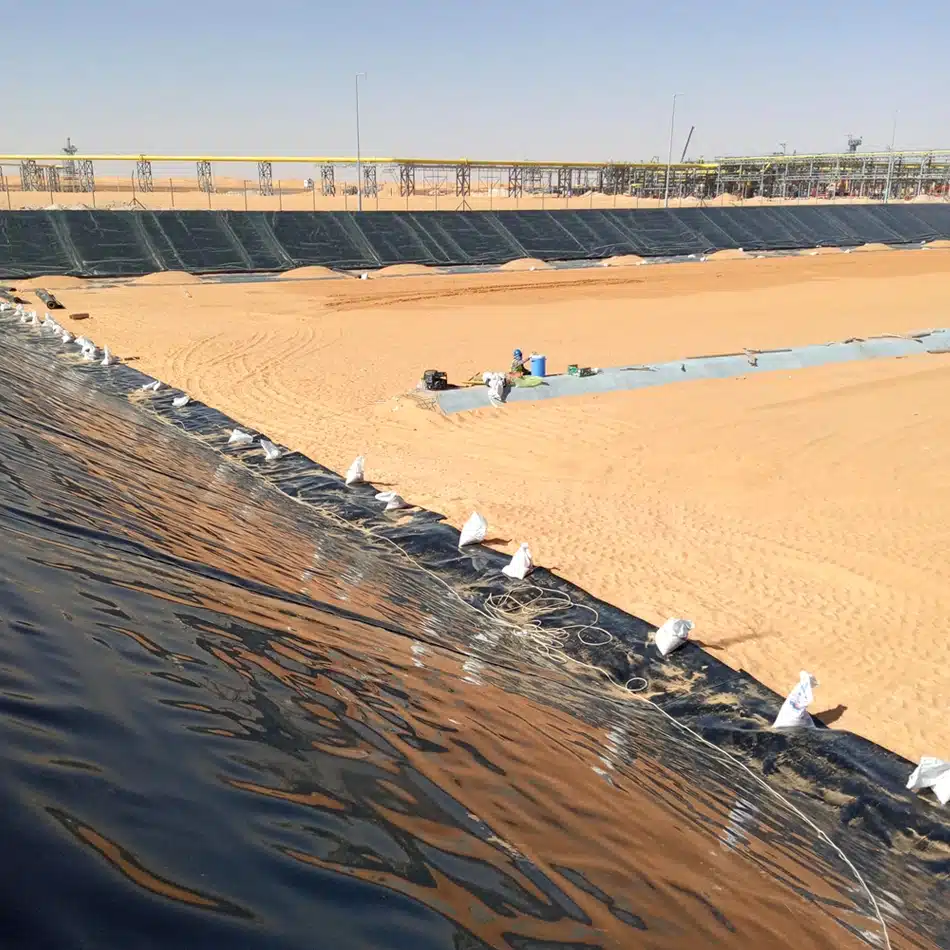
My opinion
Pick the liner by the dominant risk. For movement and cold mornings, LLDPE saves headaches. For heat and heavy cover on long slopes, HDPE holds shape. Do not over-spec; do specify texture, thickness, and testing in plain, checkable terms.
FAQ
Is LLDPE always safer than HDPE on slopes?
No. On long, hot, heavy slopes, HDPE can be safer because it holds stiffness. LLDPE can work, but the design must control creep and interface shear.
Can I use both on the same site?
Yes. Many projects use HDPE on steep, hot slopes and LLDPE on settlement zones and around penetrations. Keep details consistent and test all seams.
Does white-on-black help?
It can. The white face reduces heat gain, lowers wrinkle growth at noon, and improves visual inspection. Confirm UV stabilization on the white layer.
What thickness should I choose?
Covers and ponds often use 1.0–1.5 mm. Pads, basins, or steep covers with heavy loads often use 1.5–2.0 mm. Match thickness to risk and consequence.
Smooth or textured?
Use textured on slopes or where interface friction matters. Use smooth under geotextile cushions on flat areas. One-sided textured is common; two-sided textured helps on double-slope stacks.
Which weld method is best?
Hot-wedge welding for long seams; extrusion welding for details and repairs. Use dual-track seams so you can air-channel test. Cut peel/shear coupons per spec.
How do I control wrinkles?
Deploy in cool hours, align panels, pull slack out before welding, and keep drop heights low during cover. Never bury large wrinkles. Cut and re-fit if needed.
How long do these liners last?
When buried and protected, both HDPE geomembrane and LLDPE geomembrane offer long service life. Antioxidant packages, OIT results, and UV control drive durability.
Are both families resistant to fuels?
Both resist many hydrocarbons. HDPE often leads at higher temperatures. Always request chemical compatibility data for your exact fluid and temperature.
Do I need a cushion geotextile?
Yes, on rough subgrades or under coarse cover. A nonwoven cushion reduces puncture risk and smooths small irregularities.
How do I write a short, clear spec?
State resin family (HDPE or LLDPE), thickness, surface (smooth/textured), color, roll size, required tests (tensile, tear, puncture, OIT, carbon black), seam QA (air, vacuum, peel/shear), and documentation (roll IDs, certificates of analysis).
Conclusion
There is no universal winner. Choose HDPE for heat and heavy covers; choose LLDPE for movement and cold handling. Add texture where friction matters, write clear tests, and your liner will perform.
MJY Geosynthetics Manufacturer has been dedicated to producing high-quality geosynthetic materials for 15 years and is a recognized leader in the industry. If you are interested in finding a reliable one-stop geosynthetics supplier for your project or business, please visit our website for more information:

